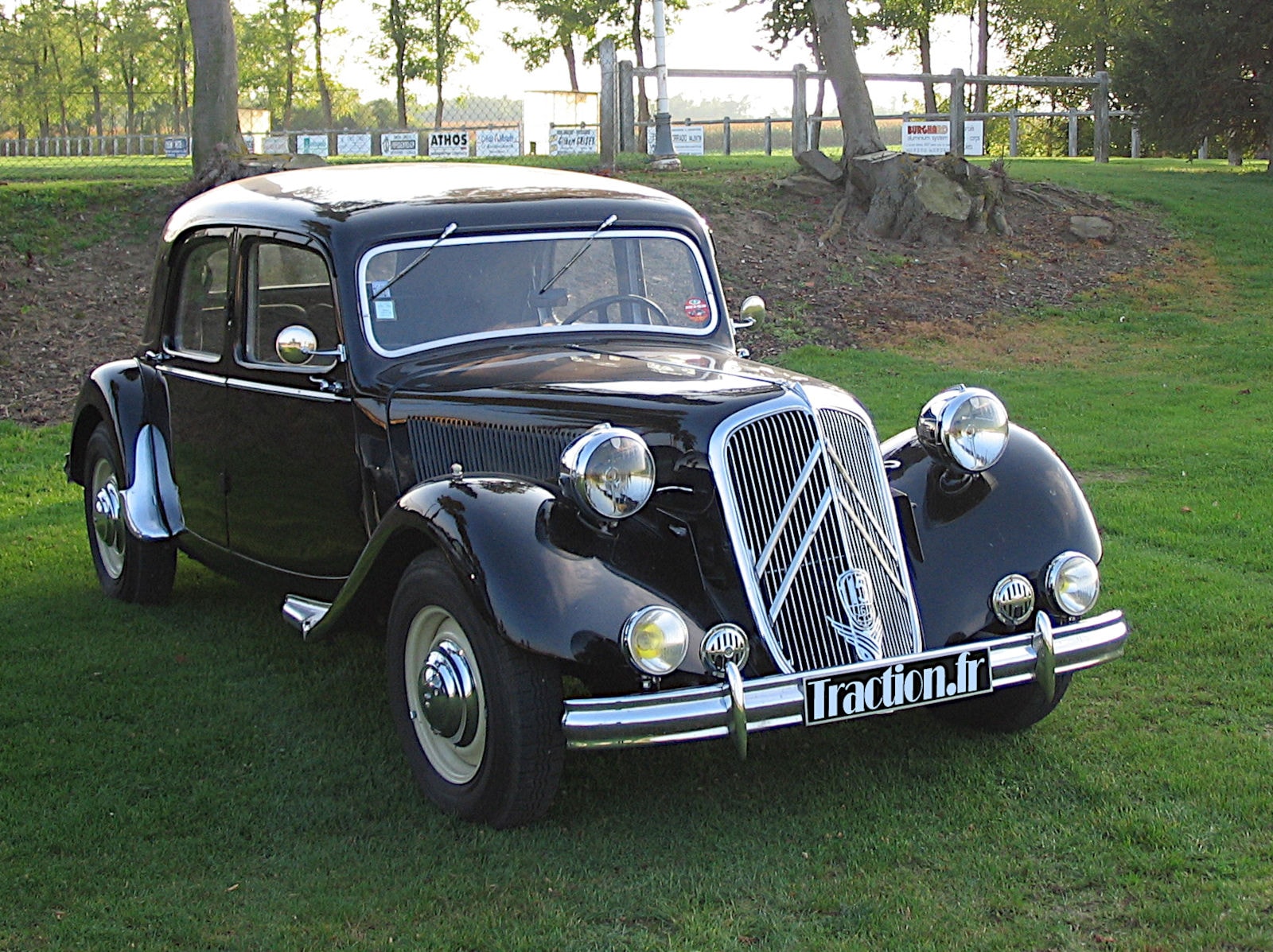The public in America has shown a strong preference for larger and heavier passenger cars, a trend that is quickly spreading globally. Besides the psychological aspect of “bigger is better,” several factors contribute to the continuous growth of car sizes, with SUVs emerging as the dominant vehicle type.
As of 2023, SUVs became the top-selling category of cars, sparking discussions about the reasons behind this shift and whether it’s detrimental. Admittedly biased against oversized SUVs and pickup trucks dominating American roads, I believe it’s crucial to dissect the historical trajectory that led us here and examine the implications.

The roots of SUVs trace back to ancient carriages, which served as the earliest predecessors of off-road vehicles.
These carriages, with their high ground clearance and boxy designs, resemble modern SUVs, albeit propelled by different means, be they horses or engines. The body-on-frame concept, a hallmark of traditional SUVs, has endured for thousands of years.
Following the First World War, the automotive landscape witnessed a shift towards heavier, more utilitarian vehicles, with trucks becoming commonplace. Even the Ford Model T, a symbol of mass-produced automobiles, retained significant ground clearance reminiscent of its carriage ancestors.
However, the real revolution in car design occurred in the 1930s with the introduction of unibody construction by vehicles like the Lancia Lambda and Citroen Traction Avant. Unibody cars offered lighter, more efficient designs with lower ground clearance and improved handling, setting the stage for modern automobiles.
Despite this shift, the appeal of off-road-capable vehicles persisted, particularly in the American market. Post-WWII, the popularity of pickup trucks soared, catering to consumers’ need for versatility. Brands like Jeep and Land Rover capitalized on this trend, offering rugged off-road vehicles with iconic designs.
The introduction of the Jeep Cherokee in 1984 marked a significant milestone, blending SUV capabilities with unibody construction. Despite its compromises in on-road performance, the Cherokee epitomized the versatility and freedom associated with SUVs, fueling their popularity.
The emergence of SUVs gained further traction with models like the Toyota RAV4, which targeted recreational activities, and the subsequent adoption of the “Sport Utility Vehicle” moniker. As SUVs evolved, their designs became more refined, catering to a broader audience seeking a balance between ruggedness and comfort.

Fast forward to the electric vehicle (EV) era, SUVs continue to dominate due to their inherent advantages. The “skateboard” platform pioneered by Tesla exemplifies this trend, offering a versatile foundation for various body styles, including SUVs and crossovers.
With EVs becoming increasingly prevalent, the elevated design of SUVs aligns well with the requirements of battery safety and interior space.
Looking ahead, the rise of EVs is likely to solidify the prominence of SUVs, driven by engineering considerations and consumer preferences. While debates over the environmental and urban implications of oversized vehicles persist, SUVs remain a dominant force in the automotive landscape, poised to shape the future of mobility.

